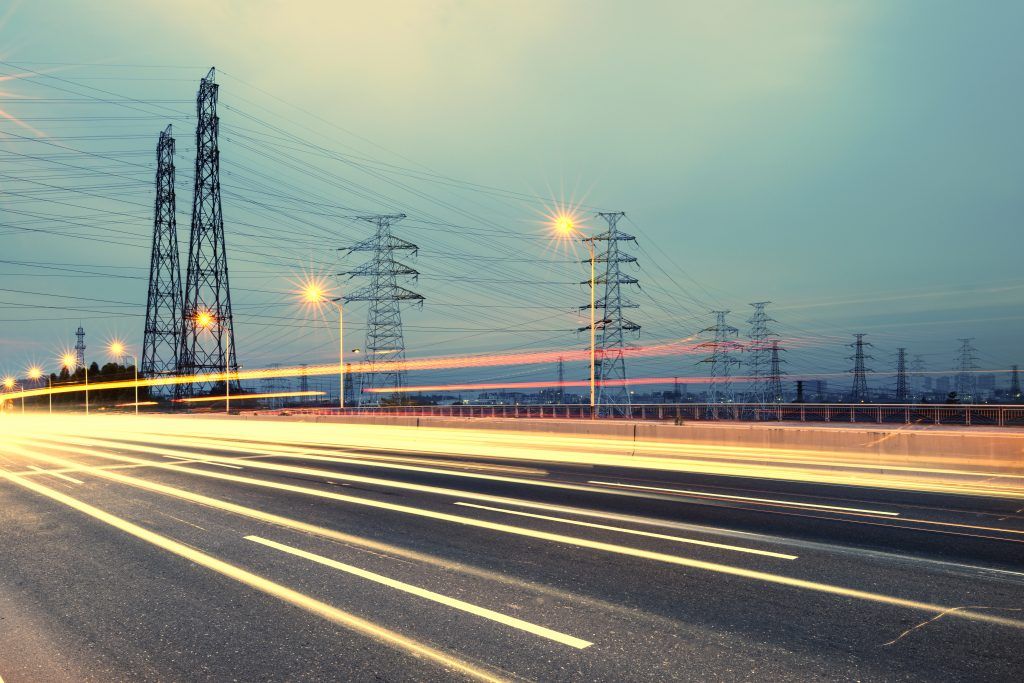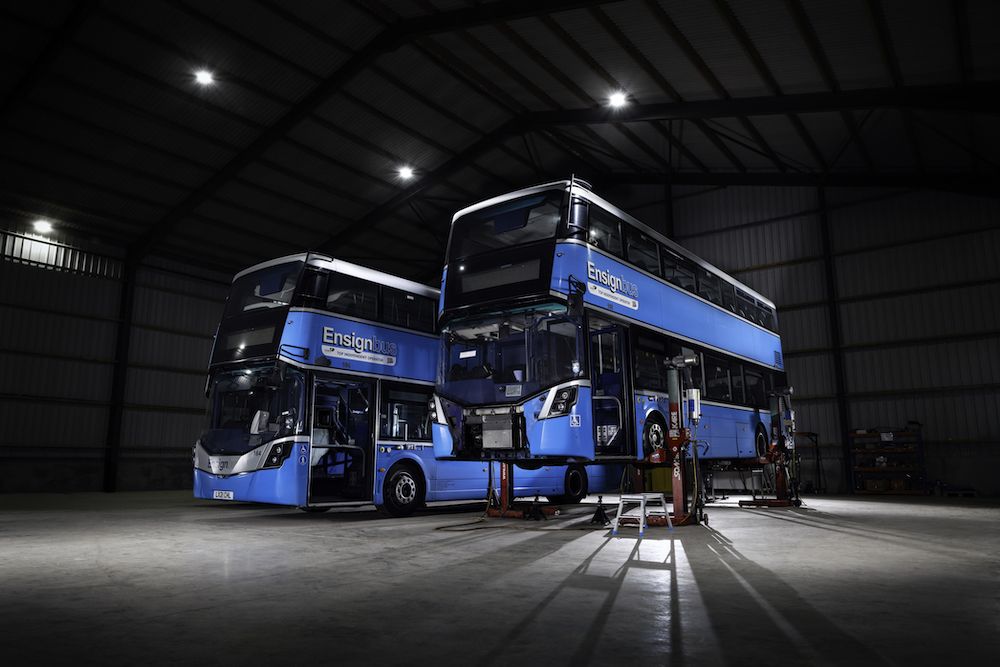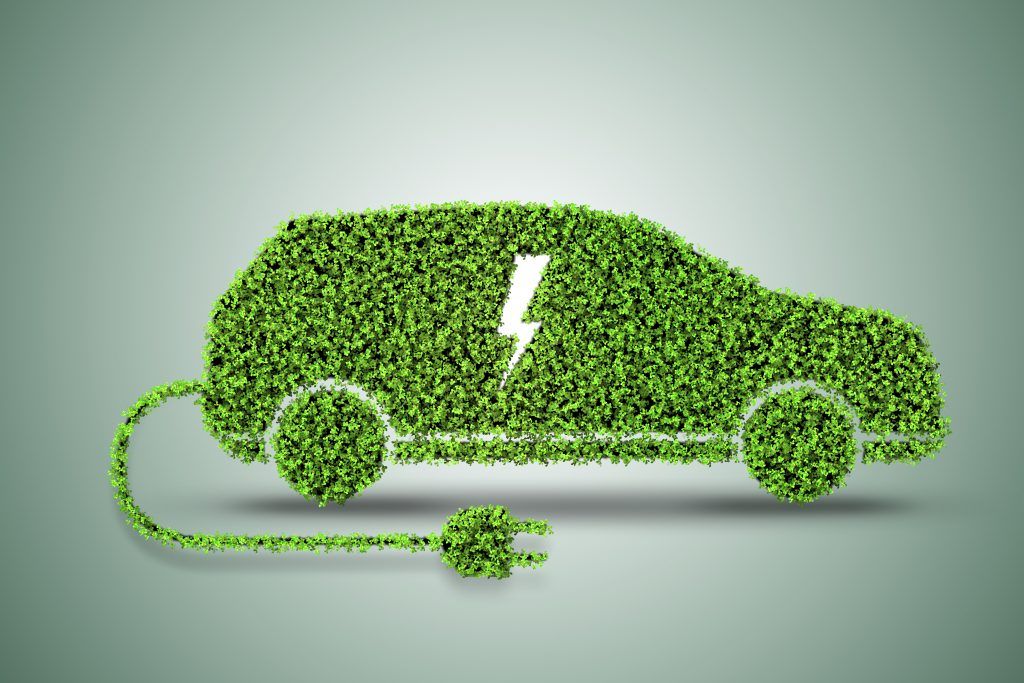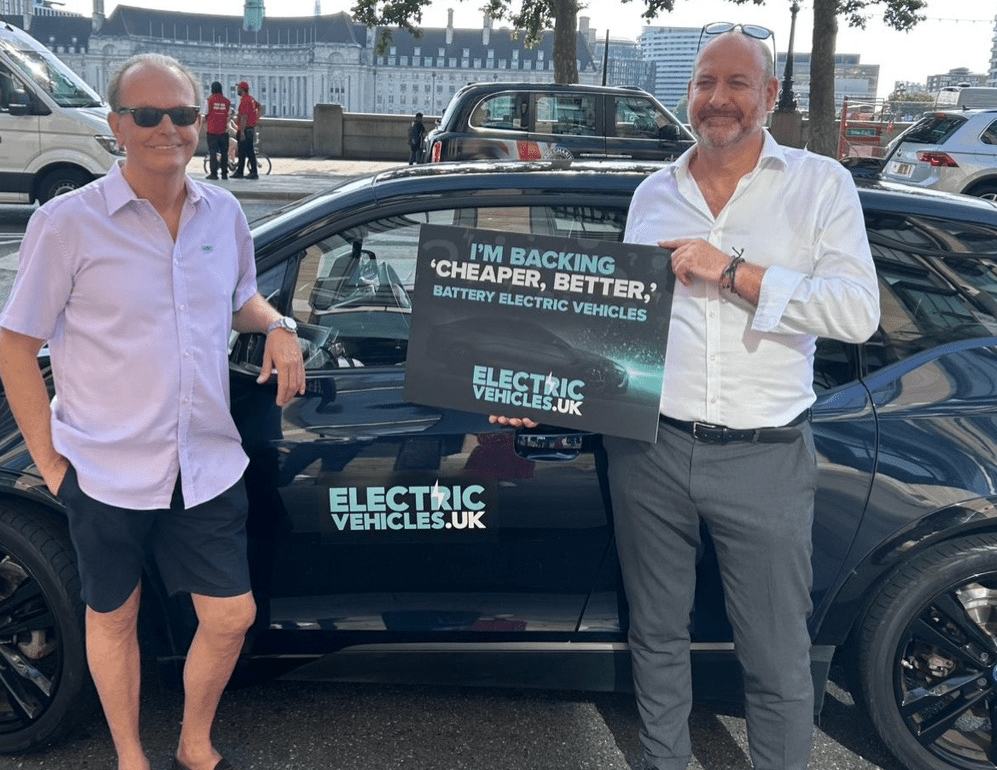The decarbonisation of transport will only be possible when specific measures are implemented to decarbonise transport in the suburbs, according to a report by Urban Transport Group.
The report highlights how around 80% of Britons live in suburbs, yet these areas are often neglected when it comes to transport planning, drowned out on either side by the powerful voices of the city and the countryside.
The COVID-19 pandemic and climate crisis provide an opportunity to take a fresh look at the suburbs – their transport challenges but also the transport solutions that will improve quality of life for all suburban residents, offering the best of both worlds between town and country, whilst also tackling climate change.
The report presents four foundations of suburbs for a new era, which recognise the different journey types from, to and within suburbs, whether city commuters, home workers, school children, carers and so on.
Suburbs for a new era should:
- Help people to access more of what they need locally
- Provide family-friendly sustainable transport choices
- Prioritise gentle densification around sustainable transport infrastructure
- Provide reliable, convenient connections to the nearest town or city and key employment sites
In addition to the four foundations, the report urges policy makers to join the dots between transport and the decarbonisation and adaptation of the suburbs more widely – from using community microgrids to power homes and transport to the integration of blue and green assets, like rain gardens and green roofs, into transport infrastructure.
The report – The Good Life: The role of transport in shaping a new and sustainable era for suburbs – also features a range of case studies highlighting how these foundations are already being supported.
The report states: “We are a nation of suburbanites. However, the ubiquity of suburban living is often not reflected in transport policy. We frequently fail to fully engage with, or even mention, suburban transport patterns and needs. Instead, cities, and to a lesser extent, rural communities tend to monopolise the policy landscape.
“Ultimately, the aim should be for all suburbanites to experience the promise of the ‘good life’ that the earliest suburbs offered to jaded city dwellers, transformed for a new era – where the suburb has a rhythm, spirit and buzz all of its own, powered by people and green energy; enlivened with trees, gardens, water and play; and rich in sustainable transport choices for all kinds of journeys – big or small, straightforward or complex – and all kinds of people, reflecting the increasing diversity of suburban life.”
Rebecca Fuller, Assistant Director at the Urban Transport Group, and author of the report, said: “The pandemic has forced us to move away from the idea that suburban transport is mostly about moving commuters in and out of town and city centres. The suburbs feature many more journey types, made by a diverse group of people, and these journeys now need to be made more sustainably in the face of the climate crisis.
“Far more attention needs to be made to suburban transport planning now than it has in the past. This report sets out the transport foundations for a new era for suburbs, and whilst it presents some potential solutions, it also aims to trigger wider debate about the role transport can play and the specific transport solutions that will help suburbs to thrive in a sustainable and equitable way.”
Industry reaction:
Anna Allwright, Strategy Specialist at Cubic Transportation Systems, said: “Improving consumer adoption of public transportation isn’t simply a case of offering services. If so, commuters and residents would already use them more heavily than they do now. No, spurring public transportation usage involves a complex mix of modernising and extending the rail, bus and ferry networks that currently exist. This process includes providing capacity in the right places, solving for first-mile and last-mile gaps that can impede usage and adjusting services to meet changing community needs. It also means ensuring stops are truly safe and accessible by all, including those with personal mobility concerns. Further, transportation agencies need to make it easier for consumers to use these services. Consumers want to easily plan their journey, use multiple forms of transportation to reach their destinations and pay for everything in one place.
“Fortunately, MOD and MaaS tools already exist today that link riders, services and transportation agencies in a virtuous circle to make transportation truly sustainable. 2022 is a year of enormous opportunity for city planners, governments and industries to come together and drive mobility toward a more sustainable, equitable future that will shape the way we interact and travel for years to come.”
Image courtesy of Shutterstock.














